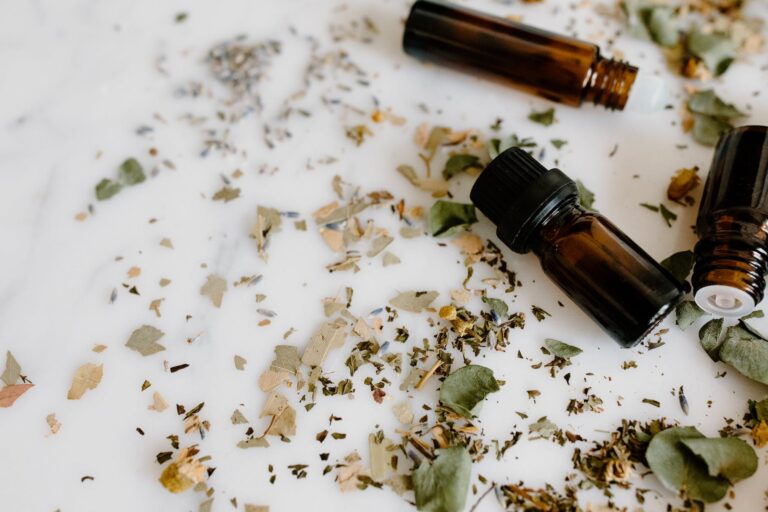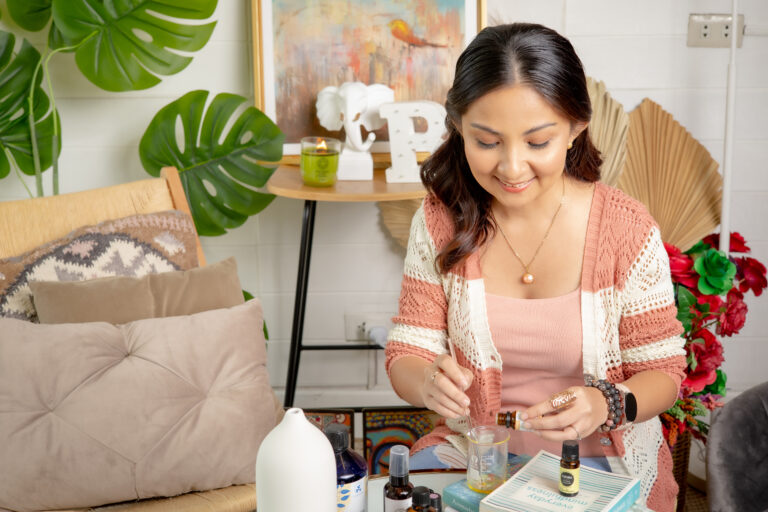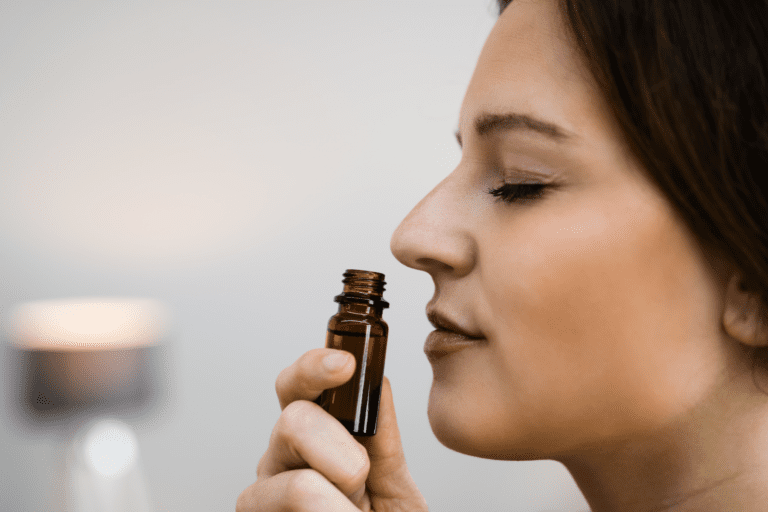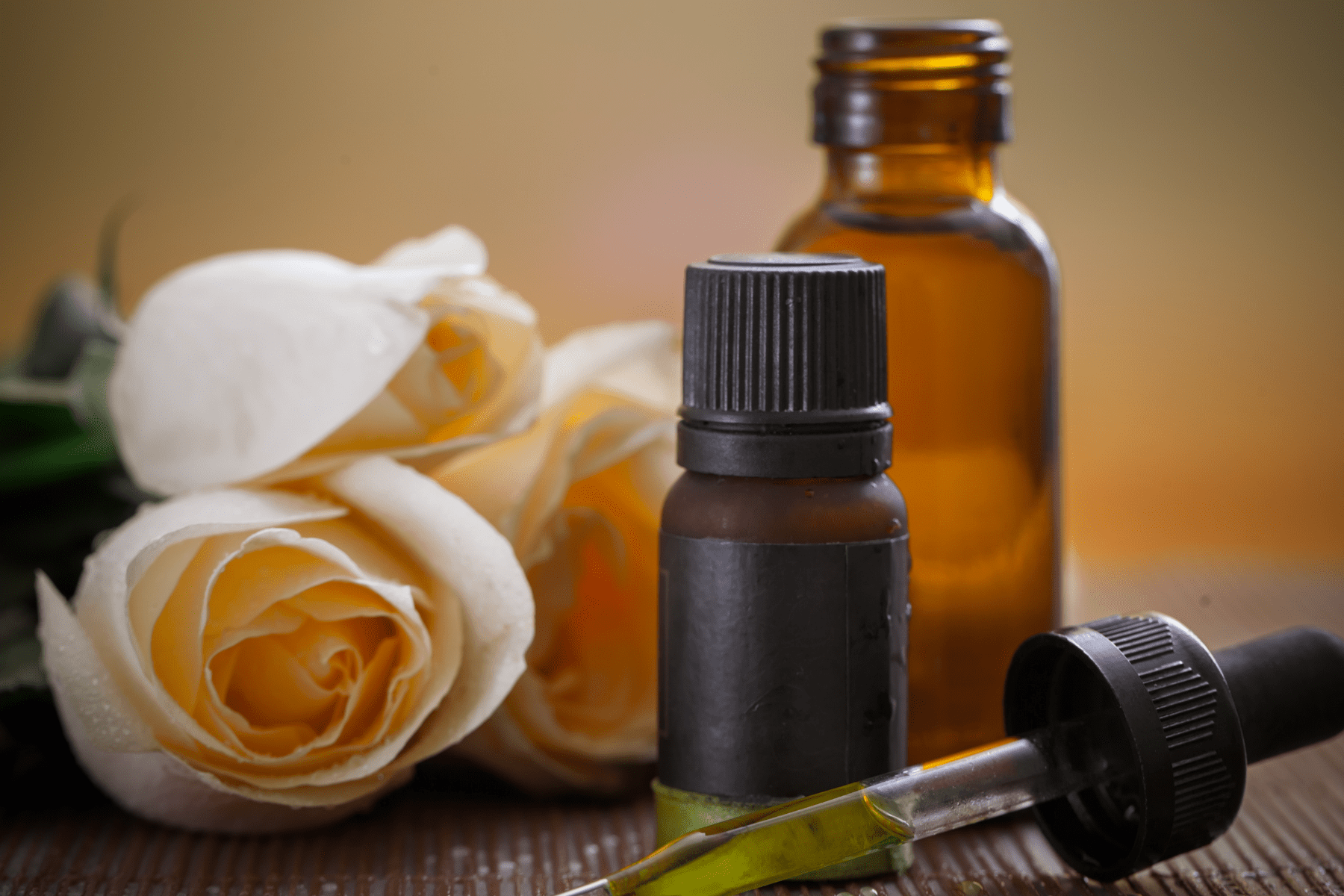
Aromatherapy on the Go: My Top 4 Essential Oils for Traveling
Traveling is something lot (or all, amirite?!) of us love buuuut it comes with its own set of challenges. Whether it’s motion sickness that turns
AROMATHERAPIST | COACH | TEACHER

Traveling is something lot (or all, amirite?!) of us love buuuut it comes with its own set of challenges. Whether it’s motion sickness that turns

In today’s fast-paced world, the quest for corporate wellness and personal well-being has never been more urgent. The immense pressures of professional life demand interventions

Essential oils… you see them everywhere nowadays – from a friend who keeps on posting how beneficial these oils are for their children. Hospitals diffuse

Essential oils can be found in the health arsenals of many moms nowadays. And why would it not be? The therapeutic benefits that these essential

Are you looking for top essential oils for headaches? A headache is something that we have all experienced. In my case, I had severe migraine

“Essential oils” is the buzzword of the decade in the health and wellness arena, and even in spiritual groups. There are many free resources crawling
Meet a community of likeminded people and let’s journey together.
2023 Wellness to Wholeness. Created by Balot A. Del Rosario. All Rights Reserved.